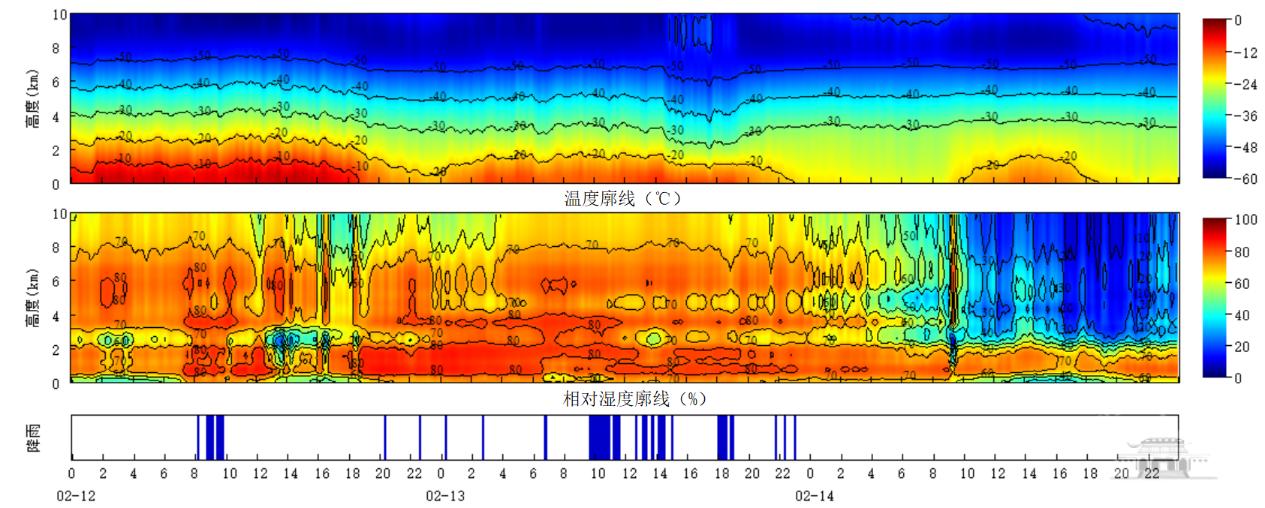The Beijing 2022 Olympic Winter Games, during which multiple events were held outdoors with meteorological field conditions playing a significant role, have come to an end. The two main competition zones, Yanqing District of Beijing and Chongli District of Zhangjiakou, are both mountainous areas with complex and changeable weather conditions, which require refined air observation data. Ma Yingying, a deputy researcher in the State Key Laboratory of Information Engineering in Surveying, Mapping and Remote Sensing at Wuhan University, made full use of existing observation data, together with the RPG-HATPRO (Humidity and Temperature Profilers) developed by China North Industries Group and deployed in the Winter Olympics competition zones, to jointly carry out remote sensing observation and data inversion of the vertical atmospheric temperature and humidity profile around the fields, with the aim of improving the accuracy of the high resolution short-impending early warning when we use refined atmospheric profile data as the input of the weather patterns.
According to the Winter Olympics weather guarantee arrangement, in order to promote the effective application of high-resolution short-range forecasting and early warning technology, elaborate three-dimensional observations of the air in the competition zones is needed. As an indispensable piece of equipment for the observation of the atmospheric temperature and humidity in the competition fields, RPG-HATPRO can conduct real-time data inversion and get the distribution information of the air temperature and humidity in the division through passive microwave sensing observation, which renders RPG-HATPRO an important part of the three-dimensional observation of the air in competition zones.

RPG-HATPRO (Humidity And Temperature Profilers)

Atmospheric temperature and humidity profile around Chongli competition zone, observed by RPG-HATPRO
Winter Olympics snow sports are all held outdoors where weather conditions can influence the game schedule. According to the statistics, there are only 4 out of 23 of the previous Winter Olympics that did not put off or cancel any of the games due to bad weather. RPG-HATPRO’s observation showed an obvious cooling and snowing process on February 13. Because of the snowy weather, the outdoor tract could not meet the requirement of snow quality and field visibility, so the games that day were cancelled or delayed. RPG-HATPRO made complete observations of this weather process, demonstrating how the atmospheric elements changed vertically before and after the snowfall. These observations provided precise real-time remote sensing data for the Beijing Winter Olympics, contributing to the success of the Games.
Rewritten by:Wang Ziyan
Editted by: Zhang Ruoxi, Sylvia and Hu Sijia


